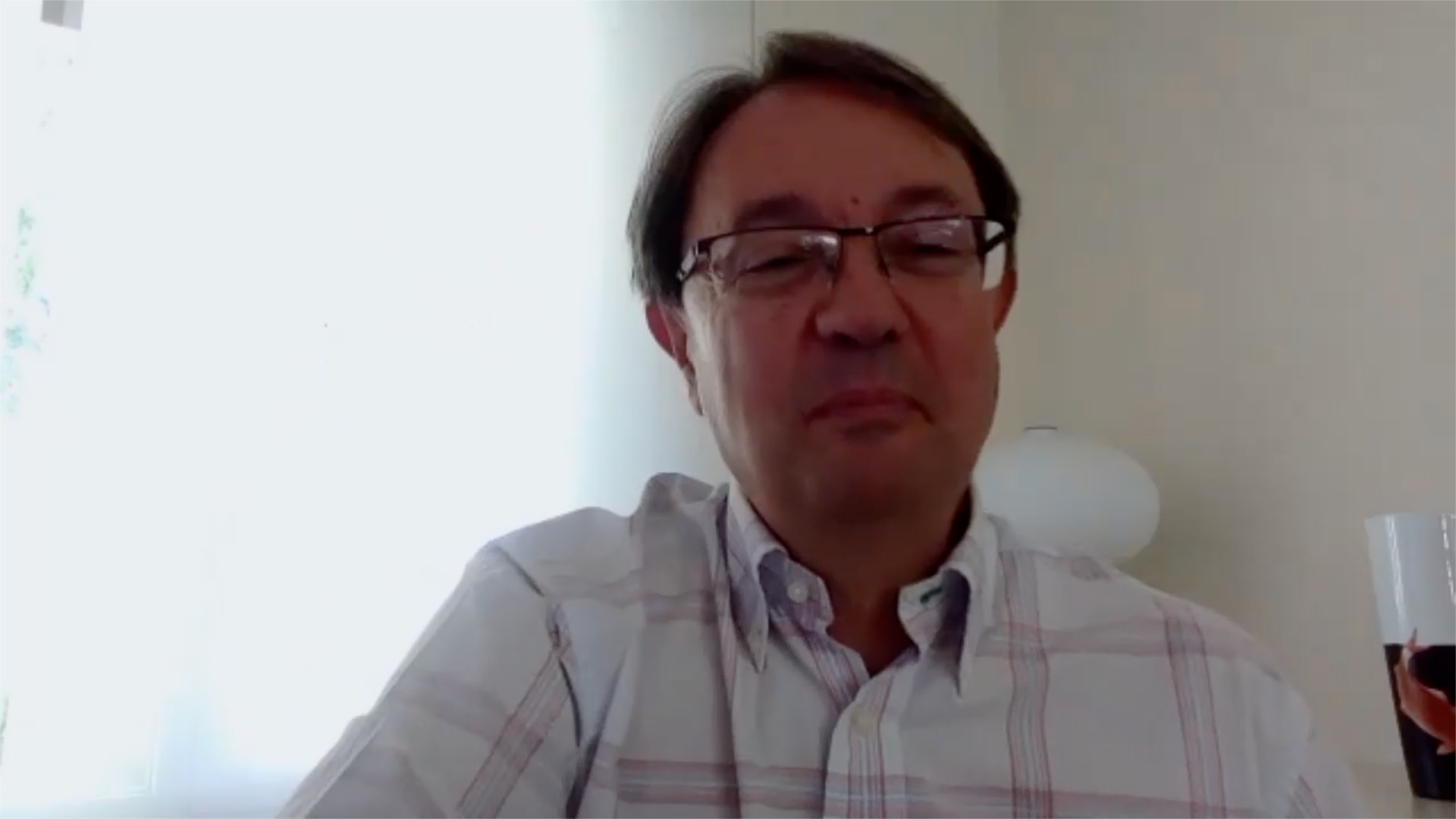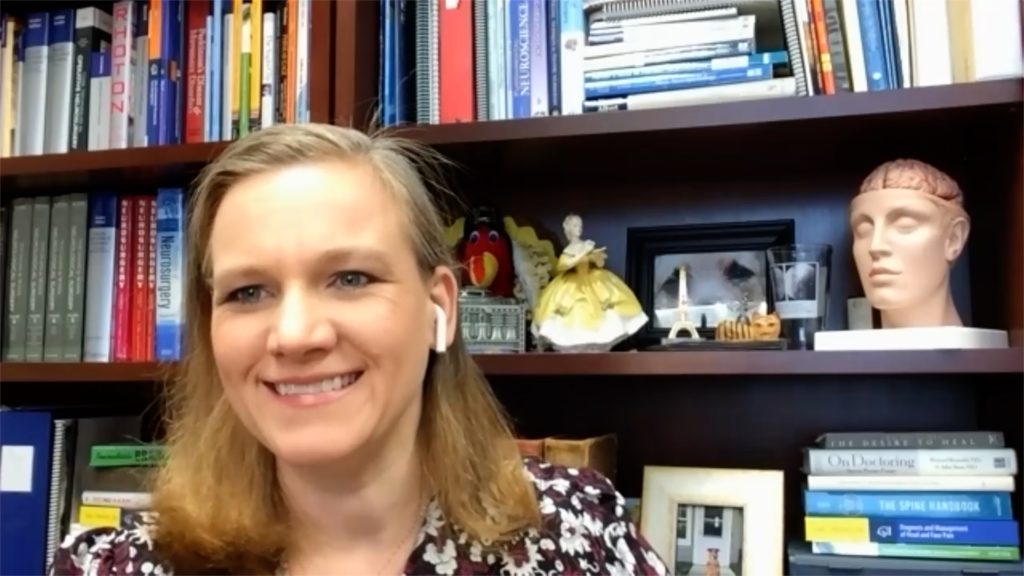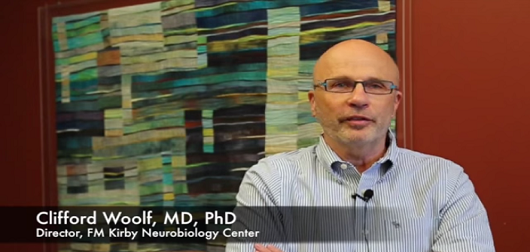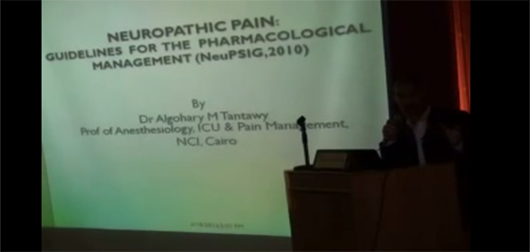Prof. Elon Eisenberg (Tachnion – Israel Institute of Technology, Haifa, Israel) summarizes our current knowledge on using cannabis in pain medicine, and the unmet needs in this field. He then provides some practical advice on using cannabis in clinical practice and offers his perspective on the next steps and what further studies are required.
The abstract ‘Cannabis-based medicine. Current evidence and clinician-based indications in patients with neuropathic pain’ was presented at the annual European Academy of Neurology (EAN), July 1–4, 2023
Questions
Disclosures: Elon Eisenberg is a consultant for Cannabotech; he has received grant/research support from Israel Pain Association, Rafa Laboratories, Syqe Medical and Teva Israel; he is a member of the Advisory Board for Rafa Laboratories, Syqe Medical and Vectura Ferin Pharma, and has received honoraria/honorarium from Rafa Laboratories and Syqe Medical.
Support: Interview and filming was supported by Touch Medical Media. The interview was conducted by Sophie Nickelson.
Filmed as highlight of EAN 2023.
Click here for more content in neuropathic pain














